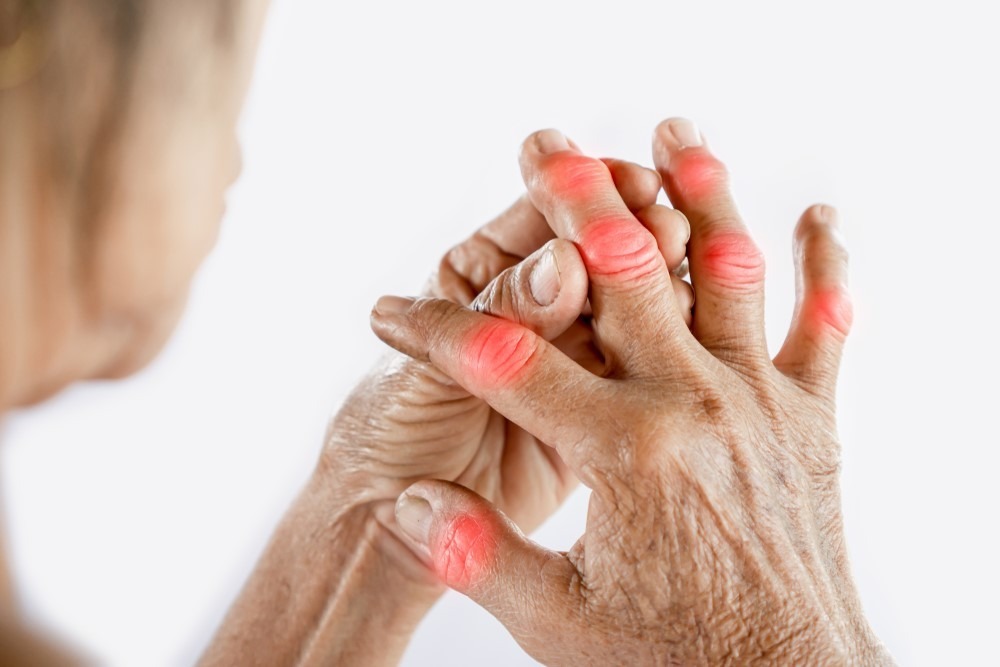
Nội dung bài viết / Table of Contents
This post is also available in: Tiếng Việt (Vietnamese)

Gout is a form of arthritis, or inflammation, which causes sudden, severe attacks of pain, redness, tenderness, and swelling in the joints. The large toe is most often affected, but gout can also affect other joints in the leg (knee, ankle, foot) and less often in the arms (hand, wrist, and elbow). The spine is rarely affected.
Gout affects about 1 in 200 adults. It can affect everyone, regardless of age and gender, but men are more likely to have it than women and people in the middle age than adolescence. It can be managed by reducing some lifestyle factors. Please discuss with your doctor for further information.
The common symptoms of gout are:
There may be some symptoms not listed above. If you have any concerns about a symptom, please consult your doctor.
If you have experience some symptoms mentioned-above, go to the doctor right away to receive immediate treatment. Gout can cause joint damage if left untreated. Also, if you have a fever and your joint is hot and inflamed, seek medical care immediately as it can be a sign of infection.
Gout is caused by a chemical in the blood called uric acid (urate). Uric acid is usually harmless and is made inside the body. Most is passed out with the urine while some with the stools. In people with gout, the amount of uric acid in the blood builds up over time. Until the level become too high, a tiny grit-like crystals of uric acid may form. The crystals typically collect in a joint and may cause inflammation, swelling and pain.
There are many risk factors for gout, such as:
The information provided is not a substitute for any medical advice. ALWAYS consult with your doctor for more information.
A blood test cannot truly tell if you have gout or not. Rather, your doctor may take some fluid out of your swollen joint. This is done with a needle and syringe. The fluid is then examined under a microscope to confirm the diagnosis of gout.
There is no permanent cure for gout, but it can be controlled. After treatment, you can feel that the pain and inflammation has decreased and if you adopt a healthy living habit, future gout attacks can be prevent significantly.
Gout is mainly treated with medications, including:
The following lifestyles and home remedies might help you cope with health condition:
When you suddenly experience gout, there are some ways to help you cope if you don’t have gout medicines at hand:
If you have any questions, please consult with your doctor to better understand the best solution for you.
Sources: